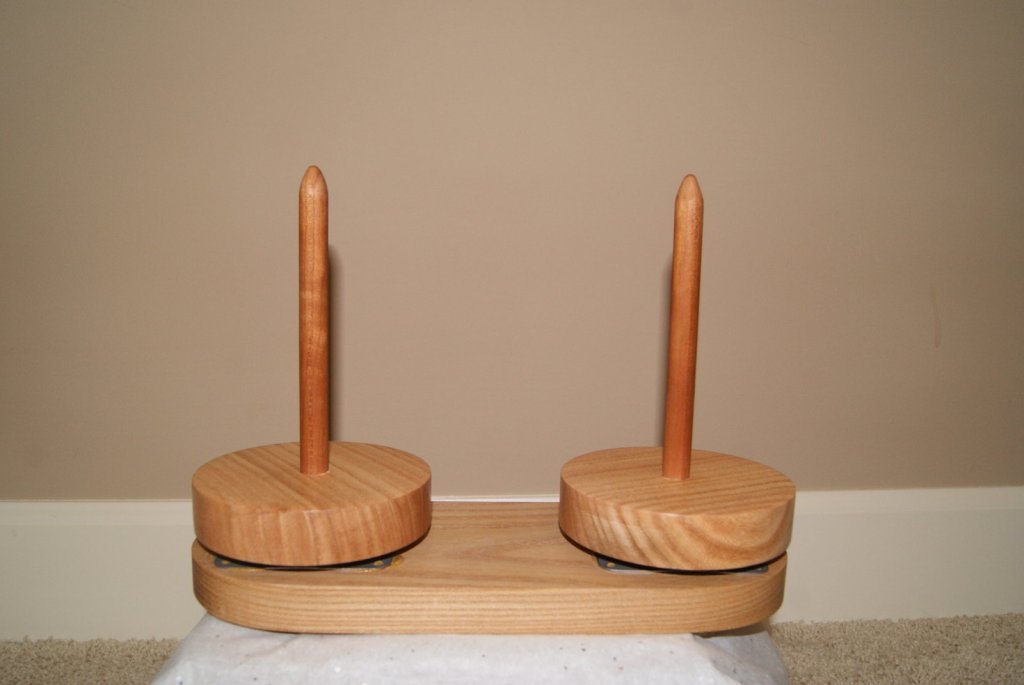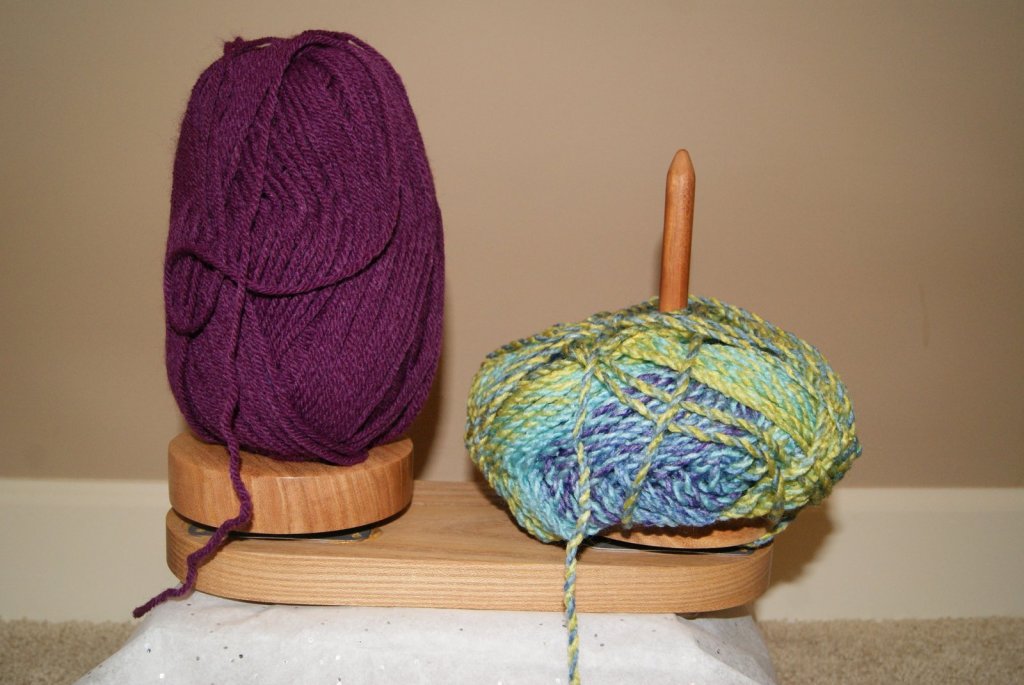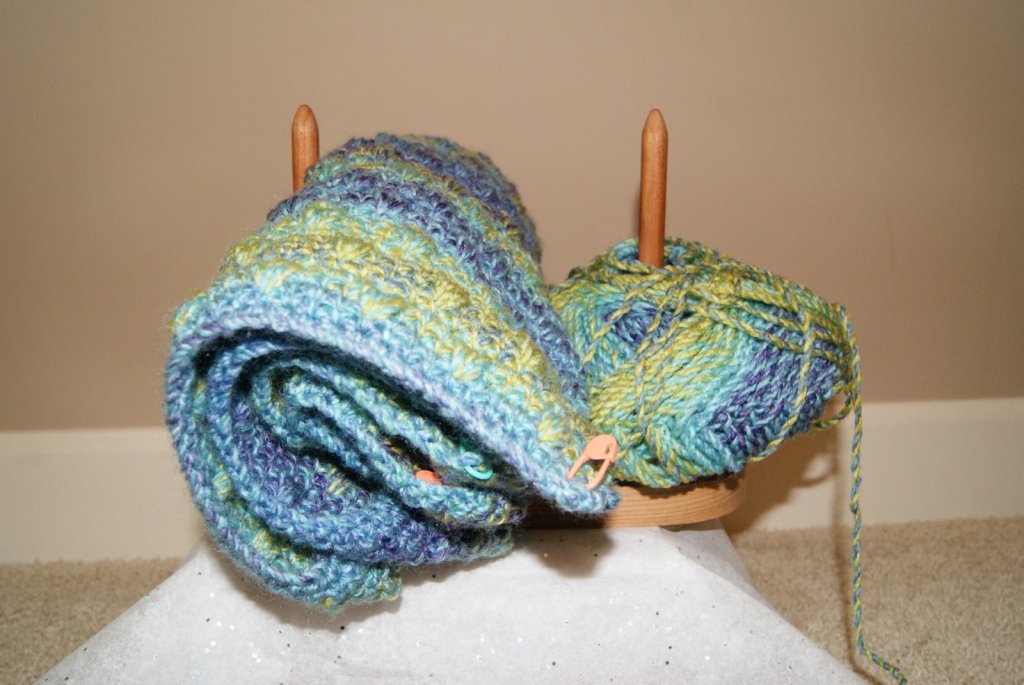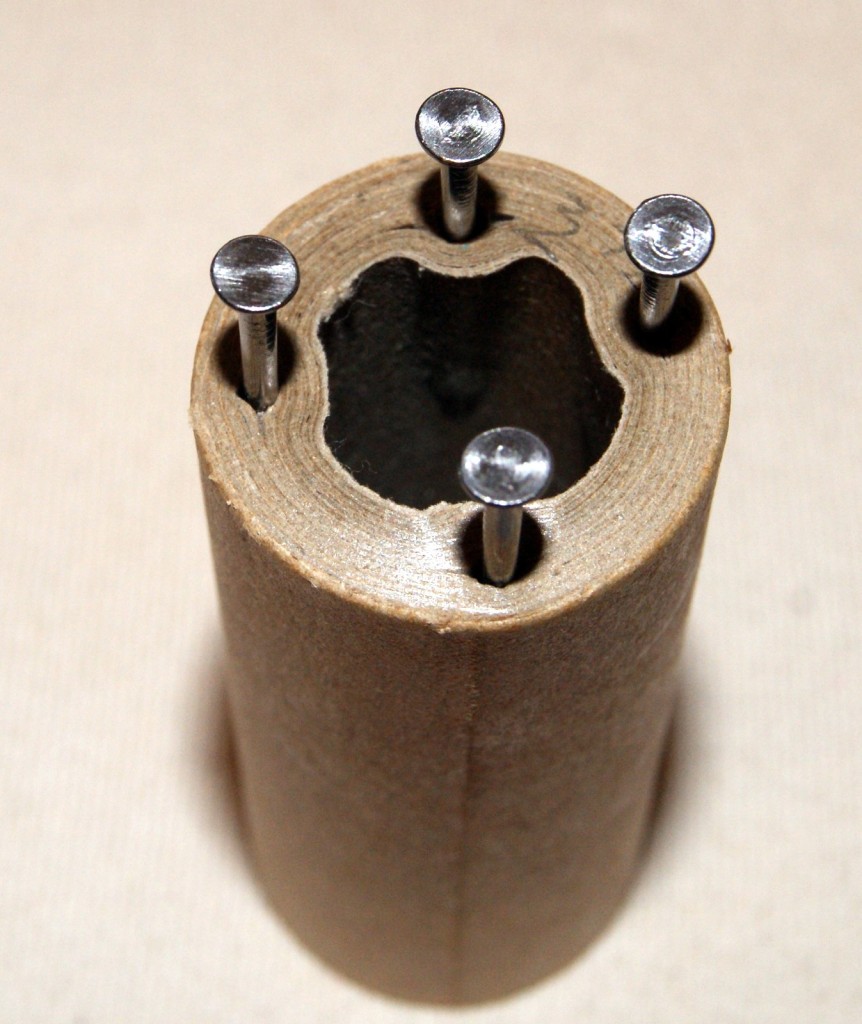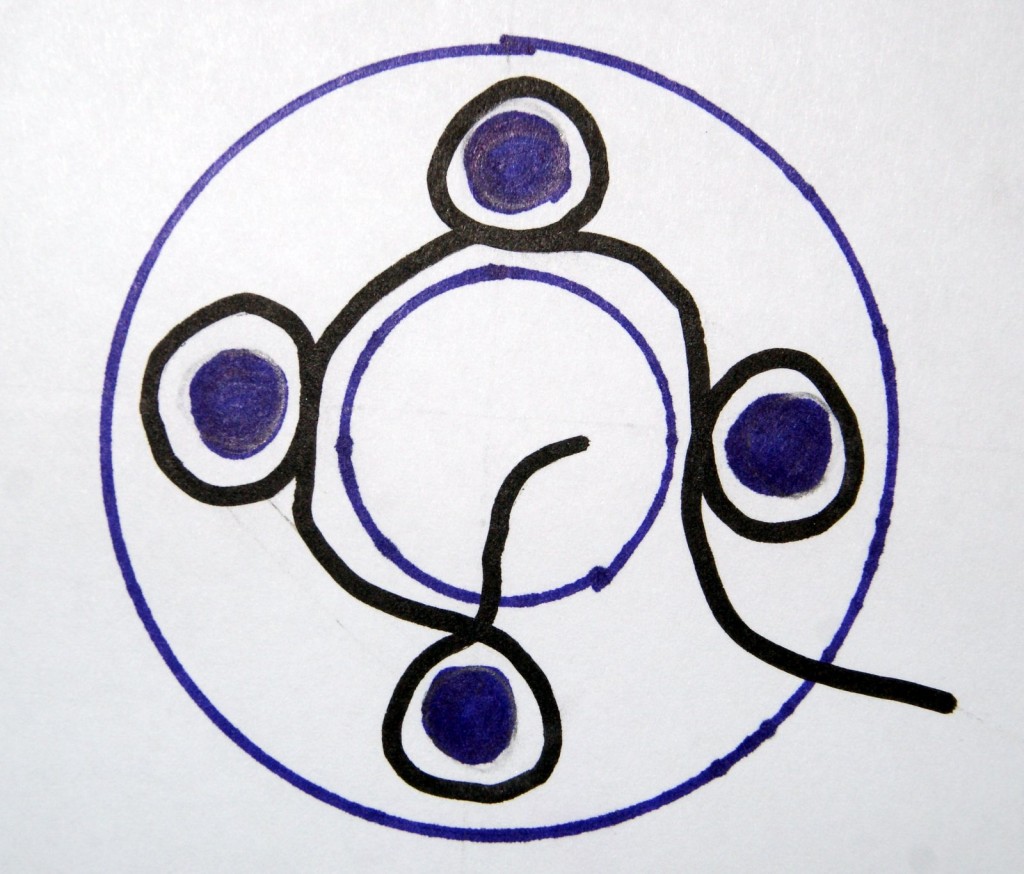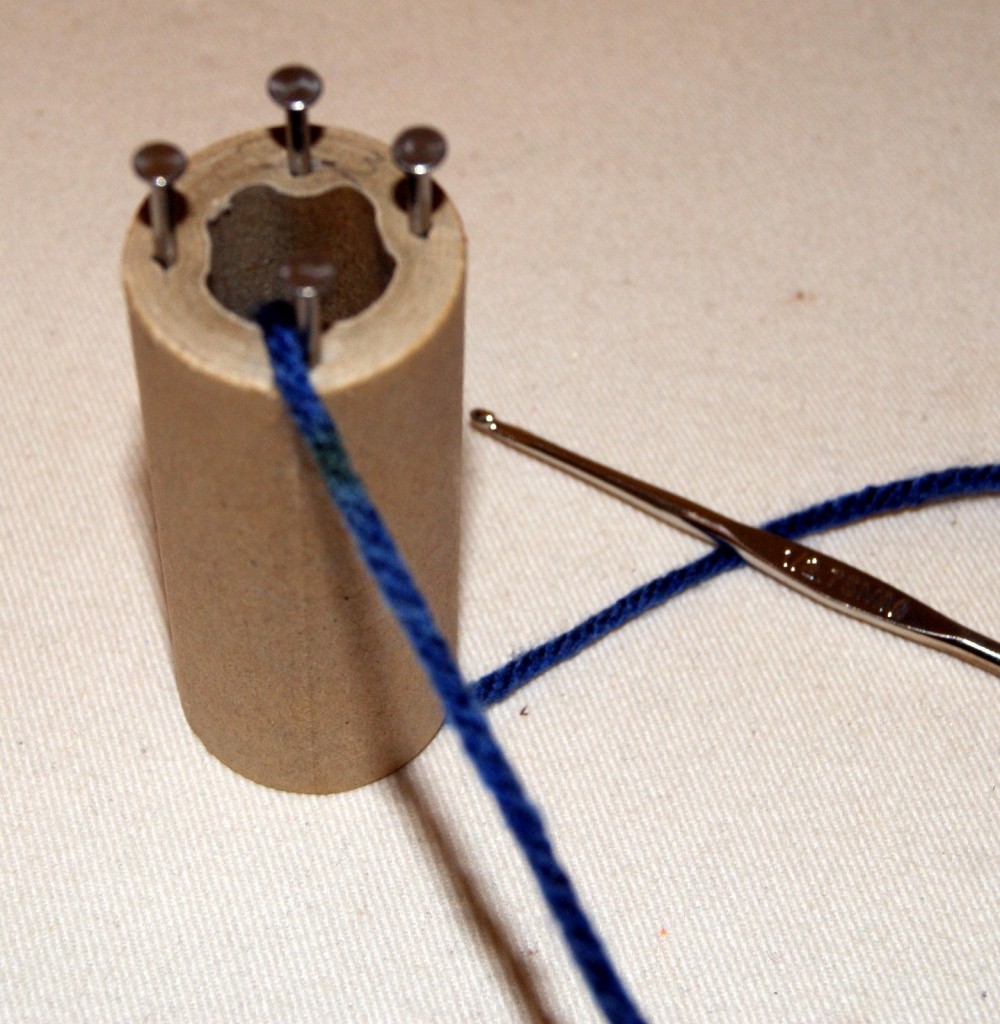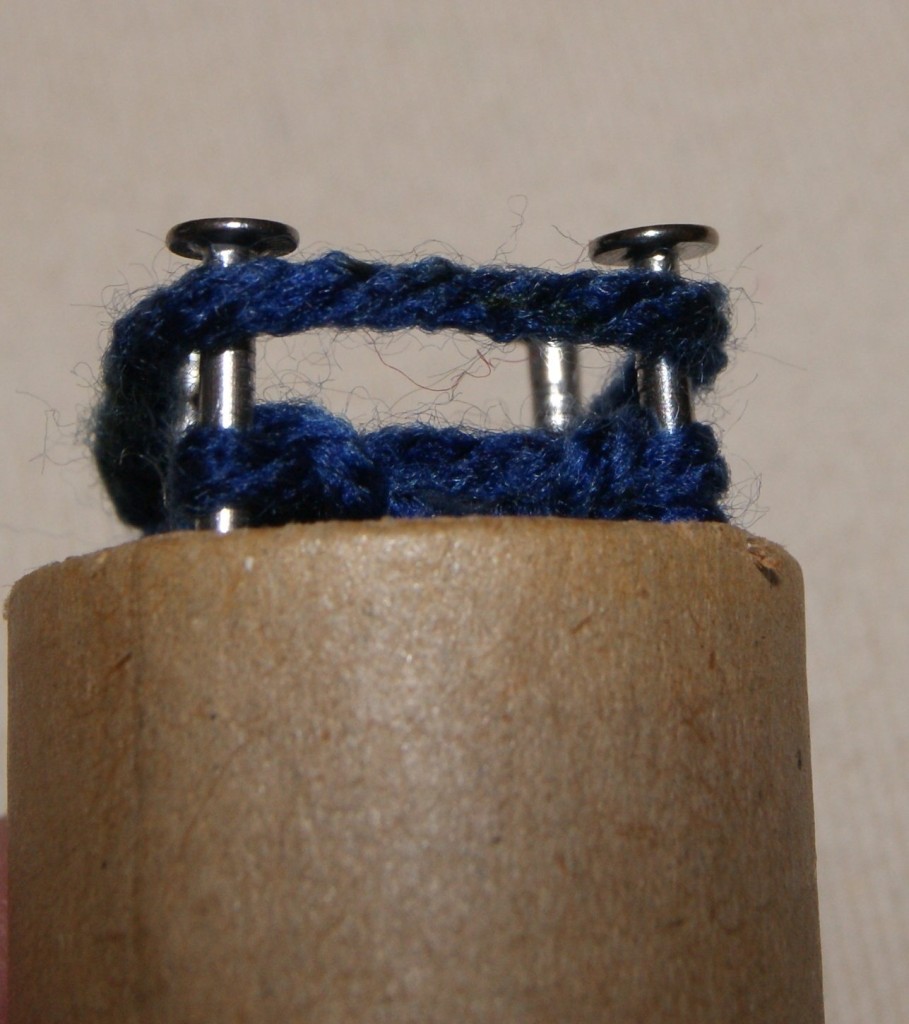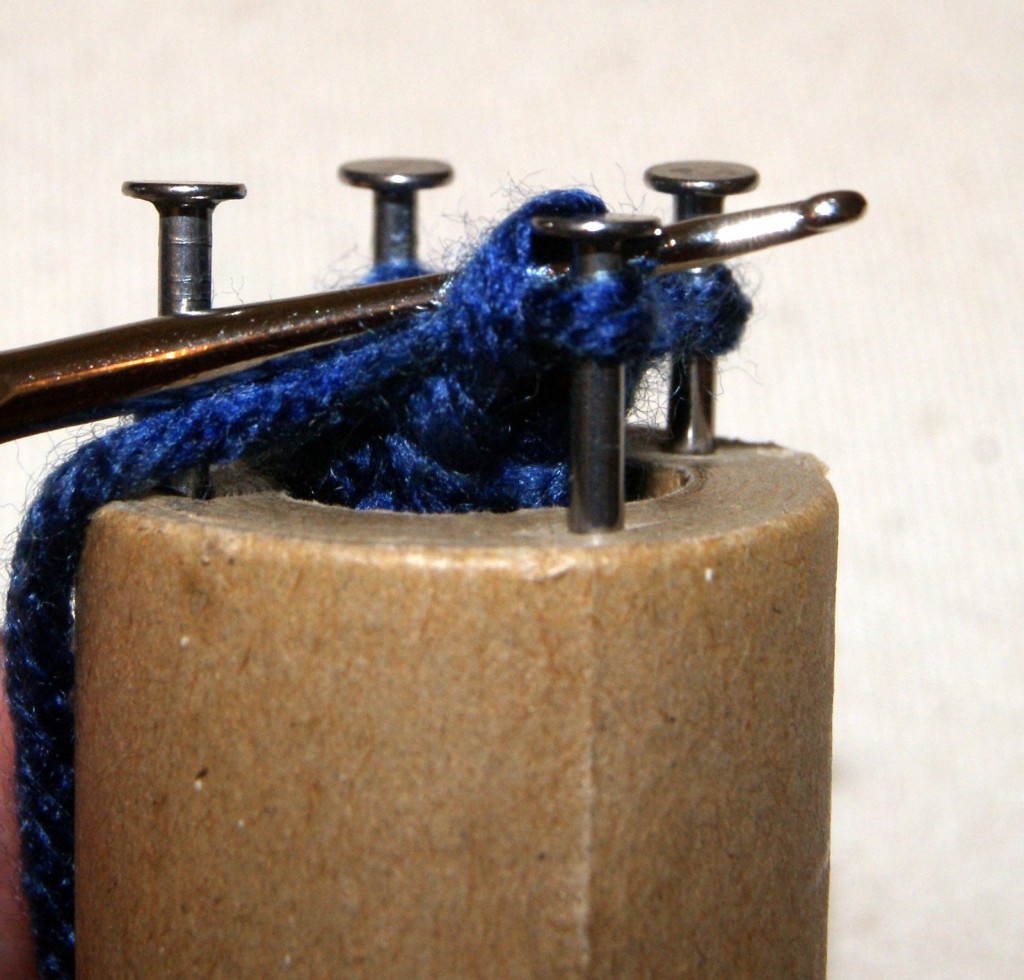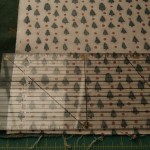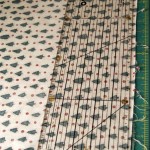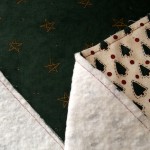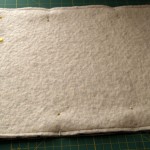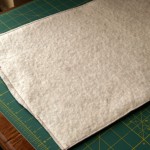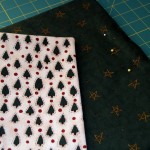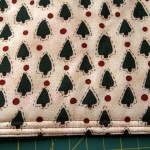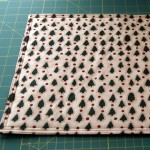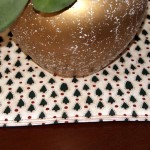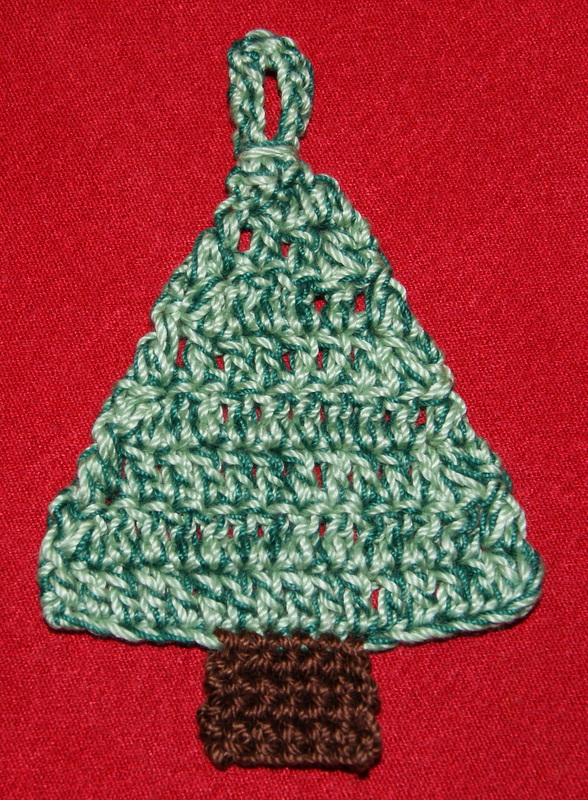Whether you are crocheting or knitting or doing any type of craft using a skein of yarn, keeping that yarn easily accessible can be a job. Sometimes you feel like you need to “whip it” into shape so you are spending more time crocheting/knitting and less time untangling or retrieving your yarn!! This year I received a Yarn Buddy by Sun Valley Fibers as a Christmas present and boy does it work great!! Basically, as described by SVF, it is a wooden spool lazy susan for your skein of yarn. You don’t need to fuss with locating the center-pull yarn strand anymore. Just slide your skein onto the spool and work using the outer yarn strand. Because the spool is on a turning gear, your yarn spools off either in a clockwise or counter-clockwise direction depending upon how your skein of yarn was wound.
They are made for a single skein of yarn or two skeins of yarn. I was fortunate enough to receive the double spool for two skeins of yarn, which will be perfect for doing a project using two skeins or I can actually have two projects going at the same time. The quality is outstanding, very smooth gear operation and the wood is sanded incredibly smooth!! No varnishes are used either.
The Yarn Buddy is not too large or too heavy and should be easy to take to a class or “knit nite”!! I am actually thinking about taking one of my cloth tote bags, putting a couple of grommets in the center of the bag, placing the Yarn Buddy with yarn down in the bag and then threading my yarn through the grommets. That way my project is ready to travel or to be stored by my easy chair ready at a moments notice. Of course, I have already started a project using the Yarn Buddy and have found that I can even place my completed crochet pattern pieces between the spools so I have them all in one place until I can sew them together. I know this will become one of my favorite items to use for crocheting and knitting projects!!
I did do a little exploring on-line for information on Yarn Buddies. Here is another site I found that looks kind of interesting too, landwoodworks.com, which shows their Yarn Buddy design. This is a super gift item for that special “hooker” in your life or add it to your wish list so that maybe you can receive one as a present too!!
HAPPY CREATING!!
Disclaimer: This post contains affiliate links – “small commission earned”
